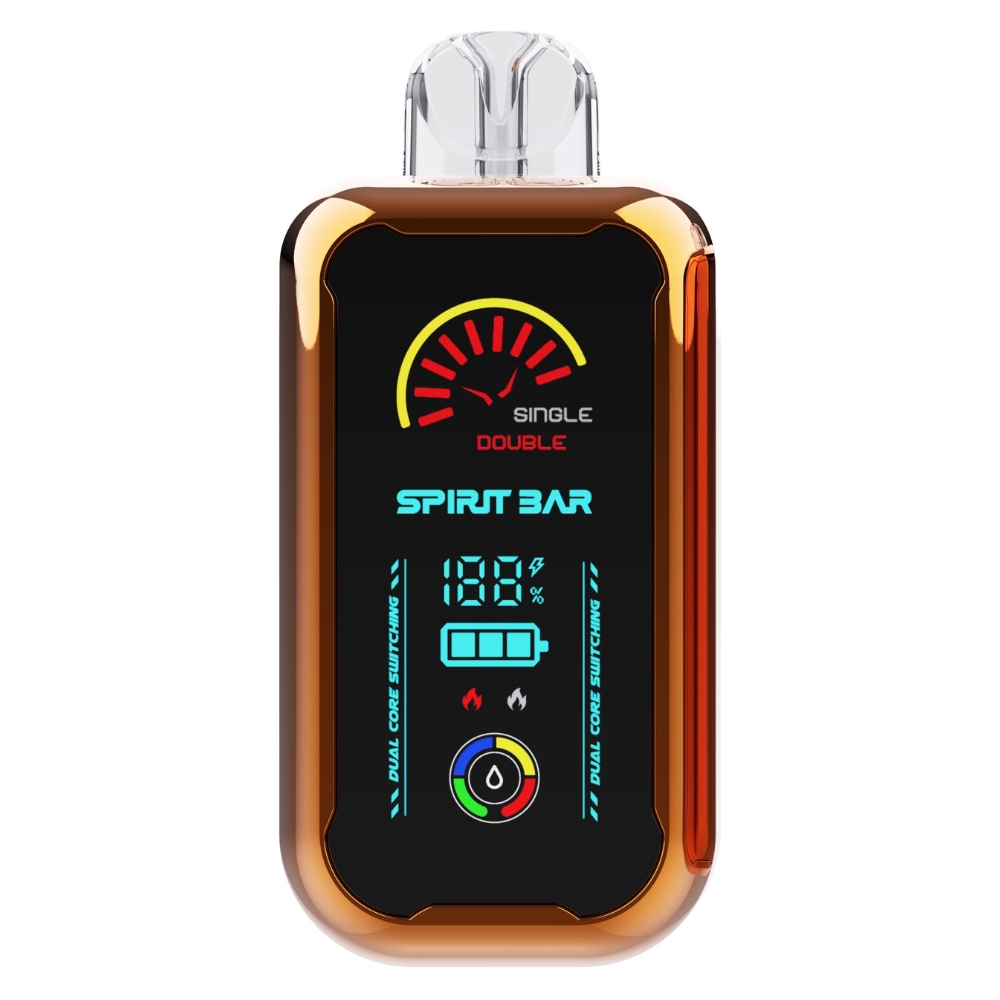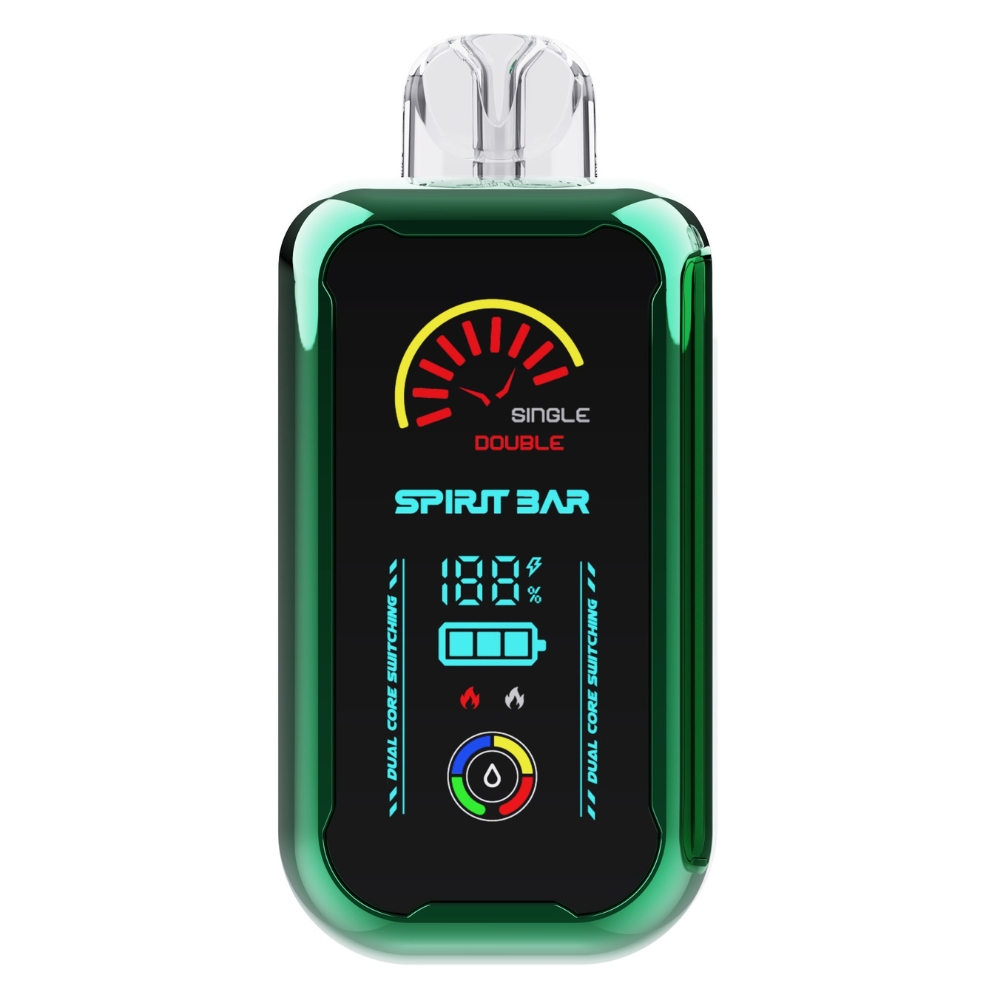What Additives Are in Vape Pens? A Friendly Guide to Understanding Vape Pen Ingredients
If you’re a vaper, you might be wondering what additives are in your vape pen. Vape pens are a popular way to consume nicotine or cannabis products, but it’s important to know what you’re inhaling. The liquids used in vape pens, also known as e-juice or vape juice, contain a variety of additives and chemicals that can affect your health.
One of the most common additives in vape juice is propylene glycol (PG). PG is a synthetic liquid that is used to create the vapor that you inhale. It’s also used in a variety of other products, such as food, cosmetics, and medicine. Another common additive is vegetable glycerin (VG), which is a natural liquid that is derived from plants. VG is used to create thicker, more flavorful vapor clouds.
However, not all additives in vape pens are safe. Some vape juices may contain harmful chemicals, such as formaldehyde or acrolein, which can cause respiratory problems. Additionally, some vape juices may contain flavorings that are not safe for inhalation, such as diacetyl, which has been linked to a condition known as popcorn lung. It’s important to research the specific vape juice you are using and to only purchase products from reputable manufacturers.
Understanding Vape Pens
https://www.youtube.com/watch?v=VNOJkW4Up8E&embed=true
If you are new to vaping, it can be overwhelming to understand the different types of vape pens and how they work. Vape pens are electronic devices that heat up a liquid, called e-juice or e-liquid, to create a vapor that is inhaled. Vape pens come in a variety of shapes, sizes, and designs, but they all have the same basic components: a battery, an atomizer, and a cartridge or tank.
The battery is the power source for the vape pen and is usually rechargeable. The atomizer is the heating element that vaporizes the e-juice, and it is usually located at the bottom of the cartridge or tank. The cartridge or tank holds the e-juice and connects to the atomizer.
Vape pens can be divided into two categories: disposable and refillable. Disposable vape pens are designed to be used once and then thrown away. They are usually cheaper than refillable vape pens but are also less environmentally friendly. Refillable vape pens, on the other hand, can be used multiple times and are more cost-effective in the long run.
When choosing a vape pen, it is important to consider the type of e-juice you want to use. Some vape pens are designed for use with nicotine e-juice, while others are designed for use with THC or CBD e-juice. It is also important to consider the size and design of the vape pen, as well as the battery life and the ease of use.
In conclusion, understanding the basic components of a vape pen and the different types available can help you choose the right vape pen for your needs. Whether you are a beginner or an experienced vaper, there is a vape pen out there that is perfect for you.
Common Additives in Vape Pens
https://www.youtube.com/watch?v=suehWZFEKkQ&embed=true
When it comes to vape pens, there are a number of additives that are commonly used to enhance the flavor, cloud production, and overall vaping experience. Here are some of the most common additives you may find in vape pens:
Propylene Glycol
Propylene glycol (PG) is a clear, colorless liquid that is often used as a thinning agent in vape pens. It is generally recognized as safe by the FDA and is commonly used in a variety of food, cosmetic, and pharmaceutical products. PG can help to produce a smoother vaping experience and can enhance the flavor of the e-liquid.
Vegetable Glycerin
Vegetable glycerin (VG) is a natural, sweet-tasting liquid that is derived from vegetable oil. Like PG, it is often used as a thinning agent in vape pens. VG is known for producing thicker clouds of vapor and can help to create a smoother throat hit. It is generally recognized as safe by the FDA and is commonly used in a variety of food, cosmetic, and pharmaceutical products.
Flavoring Agents
Flavoring agents are added to e-liquids to create a wide range of flavors. These can include natural and artificial flavors, as well as sweeteners. Some common flavoring agents used in vape pens include fruit, dessert, and menthol flavors.
Nicotine
Nicotine is a naturally occurring chemical that is found in tobacco plants. It is often added to e-liquids to provide a satisfying throat hit and to help smokers transition away from traditional cigarettes. It is important to note that nicotine is an addictive substance and can have negative health effects, especially when used in high doses.
Overall, while these additives can enhance the vaping experience, it is important to use caution and to be aware of the potential risks associated with vaping. Always read the labels and ingredient lists carefully, and consult with a healthcare professional if you have any concerns about the safety of vaping.
Potential Health Effects of Vape Pen Additives
When it comes to vape pen additives, there are several potential health effects to consider. Here are some of the most common additives and their effects:
Impact of Propylene Glycol
Propylene glycol (PG) is a common ingredient in vape pens. It is used to create a smoother vapor and to carry flavors. While it is generally recognized as safe by the FDA, there are some potential health risks associated with inhaling PG. For example, some people may experience irritation in their throat or lungs. Additionally, some studies have suggested that PG may be a lung irritant and could contribute to respiratory problems.
Effects of Vegetable Glycerin
Vegetable glycerin (VG) is another common ingredient in vape pens. It is used to create thicker vapor and to carry flavors. Like PG, VG is generally recognized as safe by the FDA. However, some people may experience allergic reactions to VG, which can cause skin irritation, itching, and redness. Additionally, inhaling VG may contribute to respiratory problems, although more research is needed to fully understand the potential risks.
Risks of Flavoring Agents
Many vape pens contain flavoring agents, which can be derived from natural or artificial sources. While these flavorings are generally recognized as safe for consumption, inhaling them can be a different story. Some flavorings have been linked to respiratory problems, and some may even be toxic when heated and inhaled. Additionally, some flavorings may contain diacetyl, a chemical that has been linked to a serious lung condition called bronchiolitis obliterans.
Health Risks of Nicotine
Finally, many vape pens contain nicotine, which is highly addictive and can have a number of negative health effects. Nicotine can increase heart rate and blood pressure, and it can contribute to the development of cardiovascular disease. Additionally, nicotine can have negative effects on brain development, particularly in young people.
It’s important to keep these potential health effects in mind when using vape pens. While they may be a safer alternative to smoking traditional cigarettes, they are not without risks. If you have any concerns about the potential health effects of vape pen additives, it’s always a good idea to speak with your healthcare provider.
Regulation of Additives in Vape Pens
When it comes to vaping, the regulation of additives is a complex issue. The FDA regulates the ingredients in vape pens, but there are still many additives that are not regulated. Some of these additives can be harmful to your health.
The FDA requires that all vape manufacturers submit a list of ingredients and obtain authorization before marketing their products. However, many vape manufacturers do not comply with these regulations, and some of the ingredients they use in their products are not safe for consumption.
One of the most dangerous additives found in some vape pens is Vitamin E acetate. This additive has been linked to a serious lung condition called EVALI, which can be life-threatening. In 2019, the CDC reported that Vitamin E acetate was found in the lung fluid of patients with EVALI.
Other additives that are commonly found in vape pens include propylene glycol, vegetable glycerin, and flavorings. While these additives are generally considered safe for consumption, their safety when inhaled is not well understood.
In conclusion, the regulation of additives in vape pens is an important issue that needs to be addressed. The FDA has taken steps to regulate the ingredients in vape pens, but there are still many additives that are not regulated. It is important to be aware of the potential risks associated with vaping and to choose products that have been properly regulated and tested.
Alternatives to Vape Pens
If you are looking for alternatives to vape pens, there are several options available that you can consider. Here are some of the most popular ones:
Edibles
Edibles are a great alternative to vape pens, especially if you prefer something that is discreet and easy to consume. You can find a wide range of edibles in the market, including gummies, chocolates, and baked goods. However, it is important to note that edibles can take longer to take effect compared to vape pens, so make sure to start with a low dose and wait for at least an hour before consuming more.
Tinctures
Tinctures are another popular alternative to vape pens. They are easy to use and can be consumed sublingually or added to your food or drink. Tinctures are available in different strengths and flavors, so you can choose the one that suits your needs and preferences.
Topicals
Topicals are a great option if you are looking for something that can provide localized relief. They come in different forms, including creams, lotions, and balms, and can be applied directly to the affected area. Topicals are non-psychoactive, so they won’t get you high.
Flower
If you prefer a more traditional method of consumption, smoking flower is a great option. You can find a wide range of strains in the market, each with its unique flavor and effects. However, it is important to note that smoking flower can be harsh on your lungs, so make sure to use it in moderation.
Dry Herb Vaporizers
Dry herb vaporizers are a great alternative to vape pens if you prefer something that is more natural. They work by heating the flower to a temperature that vaporizes the cannabinoids and terpenes without combustion. Dry herb vaporizers are available in different sizes and styles, so you can choose the one that suits your needs and preferences.
Overall, there are several alternatives to vape pens that you can consider. Each method of consumption has its unique benefits and drawbacks, so make sure to choose the one that suits your needs and preferences.


